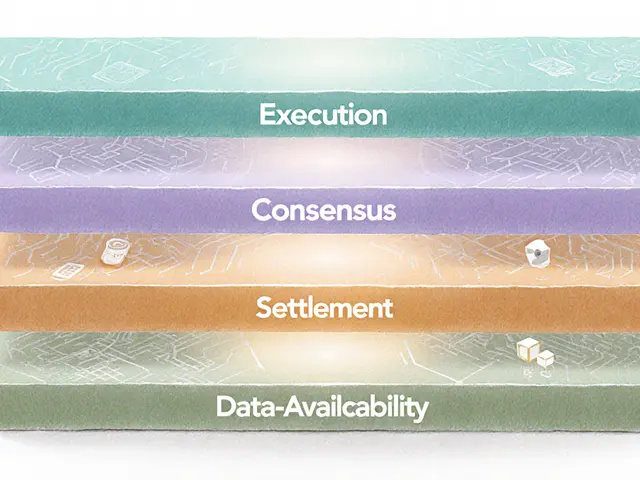Liquidity Mining: Earn Crypto Rewards by Providing Liquidity
When diving into liquidity mining, the practice of supplying cryptocurrency to a pool in exchange for extra token rewards. Also known as liquidity provision, it blends concepts from yield farming, strategically moving assets across pools to maximize returns and staking, locking tokens to support network security while earning interest. The three together form a profit engine that powers many DeFi projects today.
At the heart of liquidity mining are liquidity pools, collections of two or more tokens that traders can swap instantly using an automated market maker. These pools allow users to trade without order books, and the fees they generate get split among liquidity providers. In other words, liquidity mining encompasses yield farming because the rewards often come in the form of a platform’s native governance token, creating an incentive loop that fuels further pool growth.
Key Concepts Behind Liquidity Mining
Understanding the mechanics of DeFi, decentralized finance platforms that operate without traditional intermediaries is essential. DeFi protocols issue governance tokens to reward contributors, which means that your supplied assets not only earn trading fees but also accrue token incentives that may appreciate over time. This dual‑reward model links staking and yield farming in a single strategy.
Every liquidity miner faces impermanent loss, the temporary dip in value that occurs when the price ratio of pooled tokens shifts. The risk‑reward balance hinges on how volatile the assets are and how long you keep them locked. Platforms mitigate this by offering bonus rewards or by pairing stablecoins, which reduces price swings. Knowing the trade‑off between potential fees and impermanent loss helps you decide whether to target high‑yield, high‑risk farms or safer, stable‑coin pools.
Tools matter, too. Analytics dashboards like Zapper, a portfolio tracker that aggregates your DeFi positions or Yieldwatch, a real‑time yield monitor for liquidity providers let you gauge APY, track rewards, and spot emerging opportunities. By pairing these tools with a solid understanding of tokenomics—how many tokens are minted, distribution schedules, and inflation rates—you can fine‑tune your approach and avoid projects that over‑promise and under‑deliver.
Compliance and tax considerations also enter the picture. Since liquidity mining generates both fee income and token rewards, most jurisdictions treat the earnings as taxable events at the moment they are received. Keeping detailed records of each reward claim, the market value at receipt, and any subsequent sales will save you headaches during tax season. Some platforms even provide built‑in reporting features to simplify this process.
While the core idea is simple—provide liquidity, earn rewards—the ecosystem is diverse. Projects range from large‑scale platforms like Uniswap and Curve to niche, chain‑specific farms on Binance Smart Chain, Avalanche, or Polygon. Each environment brings its own fee structures, token incentives, and community dynamics. Picking the right chain often depends on transaction costs, network speed, and the type of assets you want to pool.
Security can’t be ignored. Smart contract bugs, rug pulls, and malicious actors occasionally target high‑yield farms. Audited contracts, reputable code reviews, and community reputation are good signals. Diversifying across multiple pools also reduces exposure to a single point of failure.
In practice, many miners start with a single stable‑coin pair—say USDC/USDT on a low‑fee platform—to learn the ropes. Once comfortable, they experiment with more volatile pairs, adding layers of staking on earned governance tokens to compound returns. This step‑wise approach mirrors traditional investing: build a solid base, then explore higher‑yield strategies as confidence grows.
So what can you expect from the articles below? We’ve gathered guides that break down specific tokens, explain how to claim airdrops tied to liquidity mining, compare exchange liquidity, and dive into the tax side of things. Whether you’re looking for a beginner’s walk‑through or advanced tactics for optimizing APY, the collection gives you concrete steps to start earning today.
Ready to see real‑world examples, risk assessments, and actionable tips? Scroll down and explore the curated posts that will help you turn liquidity provision into a steady income stream.

Discover the real differences between liquidity mining and yield farming, learn their risks, rewards, and how to start earning passive crypto income with clear step‑by‑step guides.
Jonathan Jennings Aug 4, 2025




